Preparation and Electrical Properties of La0.9Sr0.1TiO3+δ
Abstract
:1. Introduction
2. Experiments
2.1. Sample Preparation
2.2. Characterization
3. Result and Discussion
3.1. Phase Structure and Surface Microstructure of LST
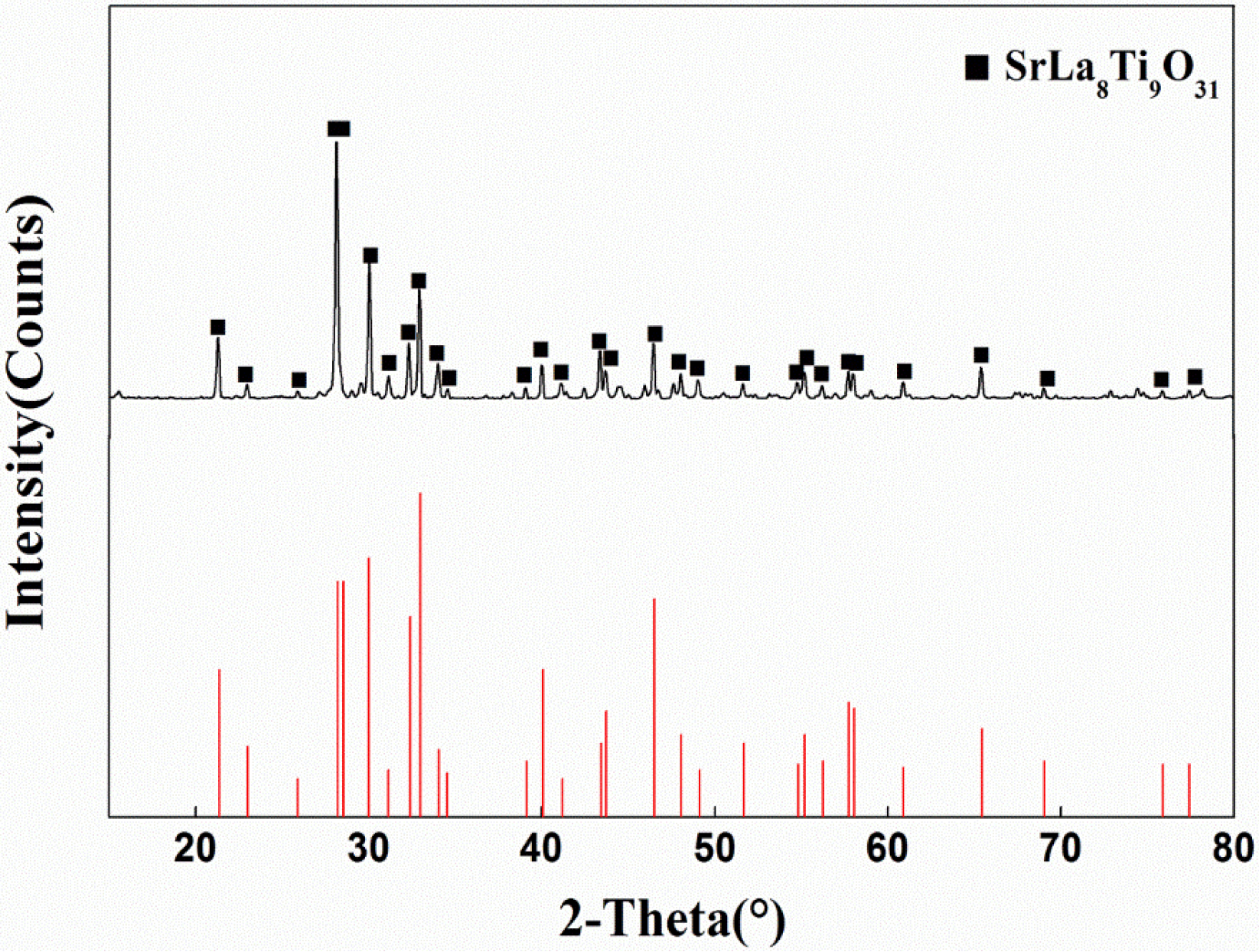
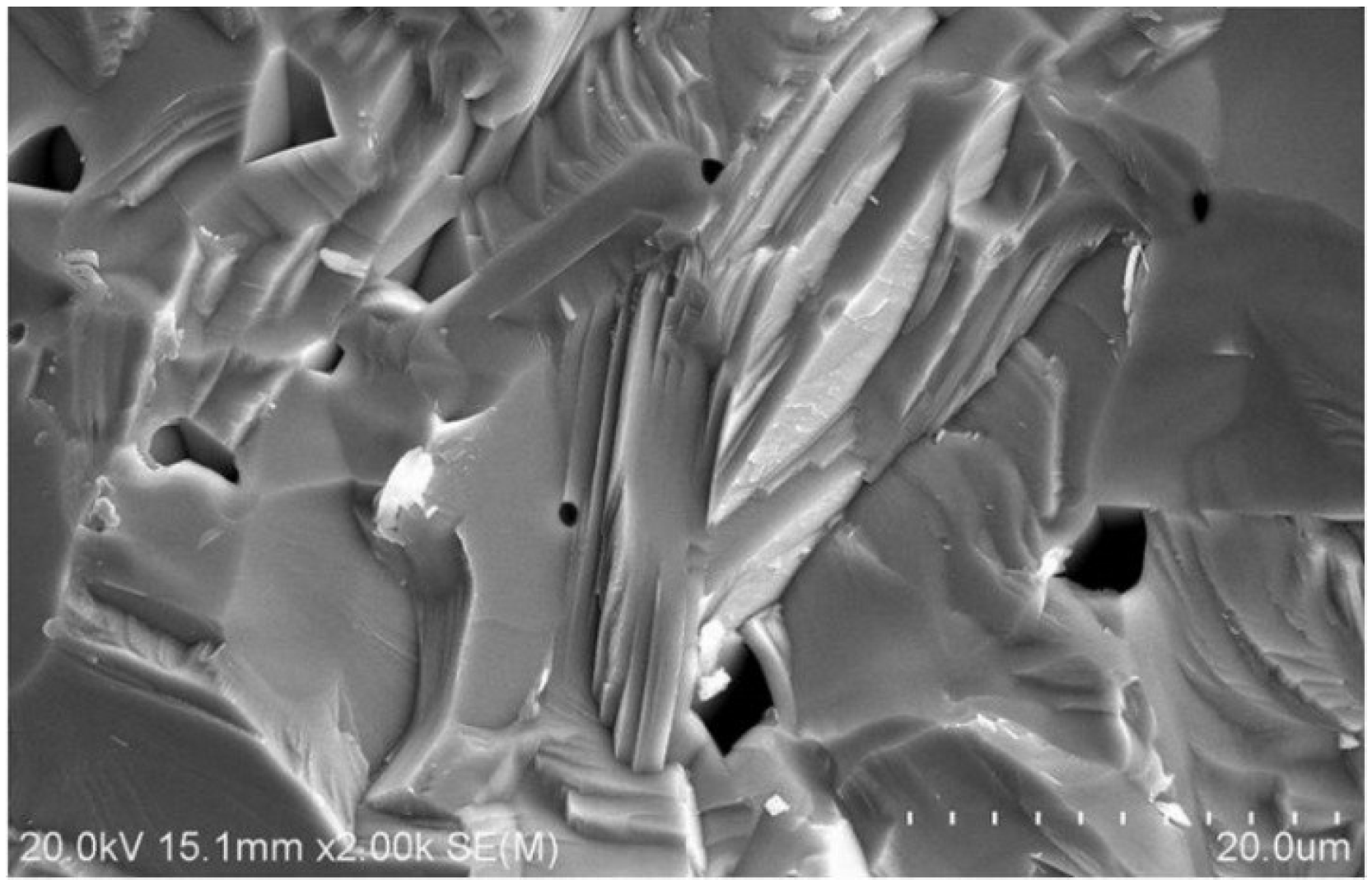
3.2. Dielectric Properties
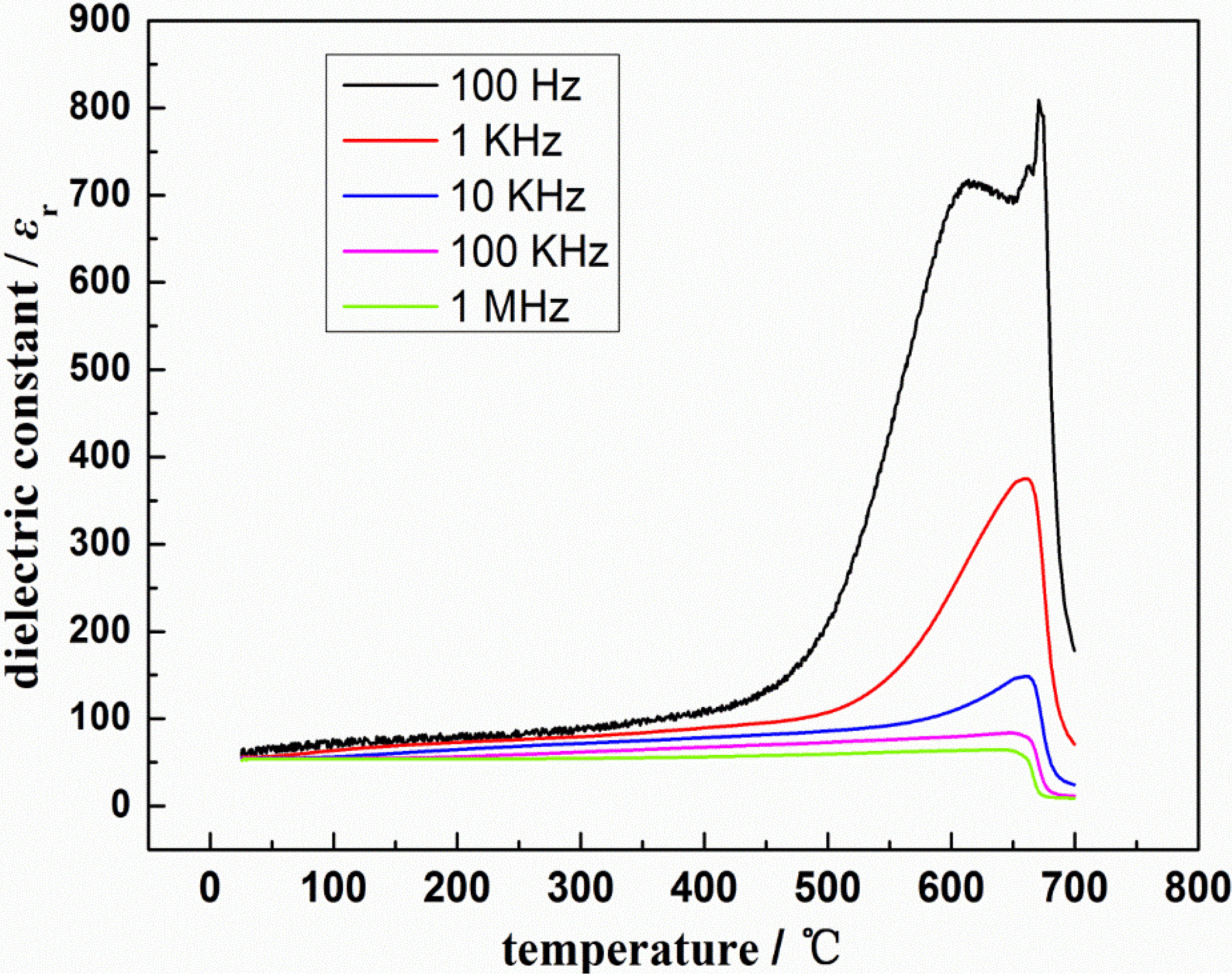
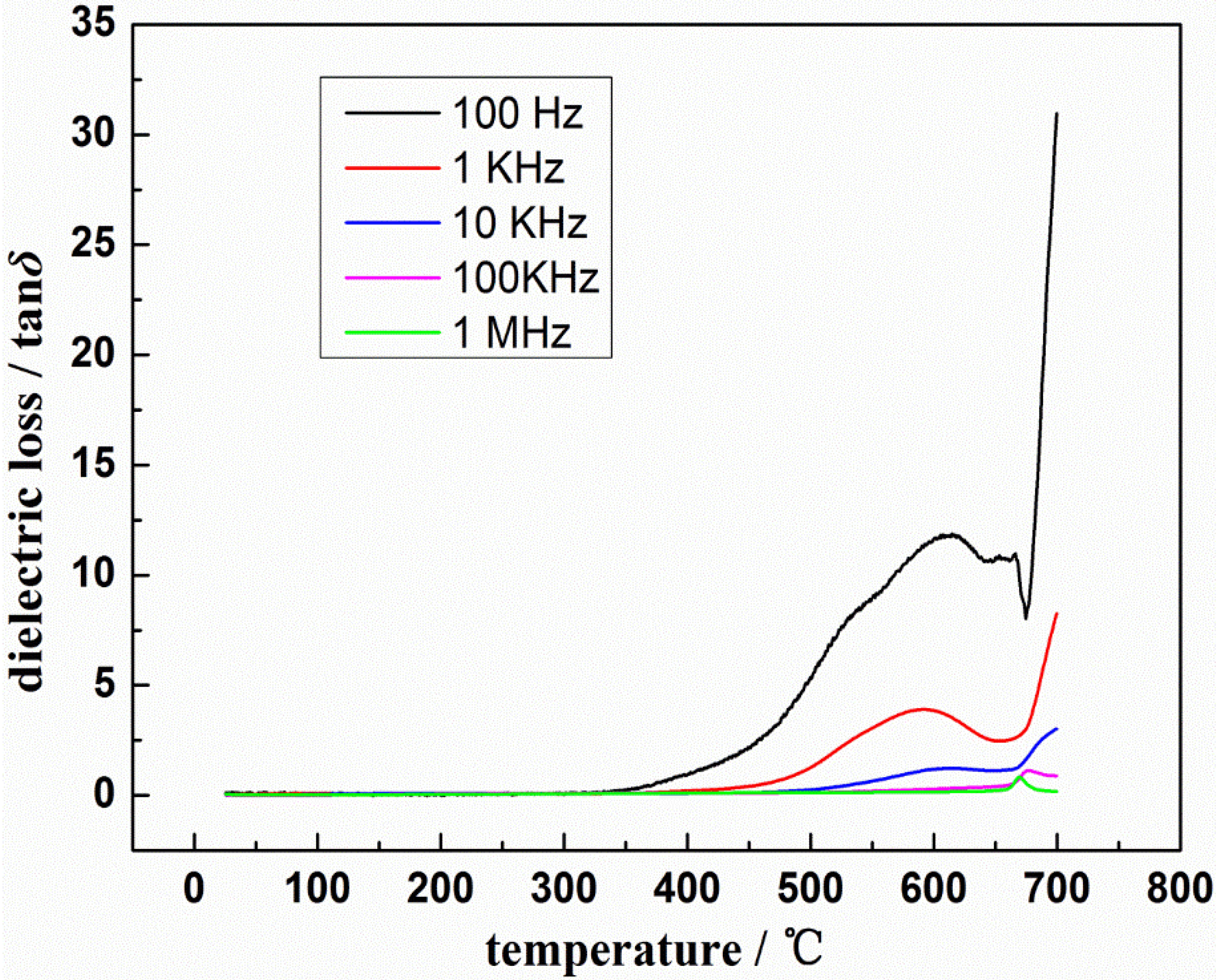
3.3. AC Impedance Spectra Analysis
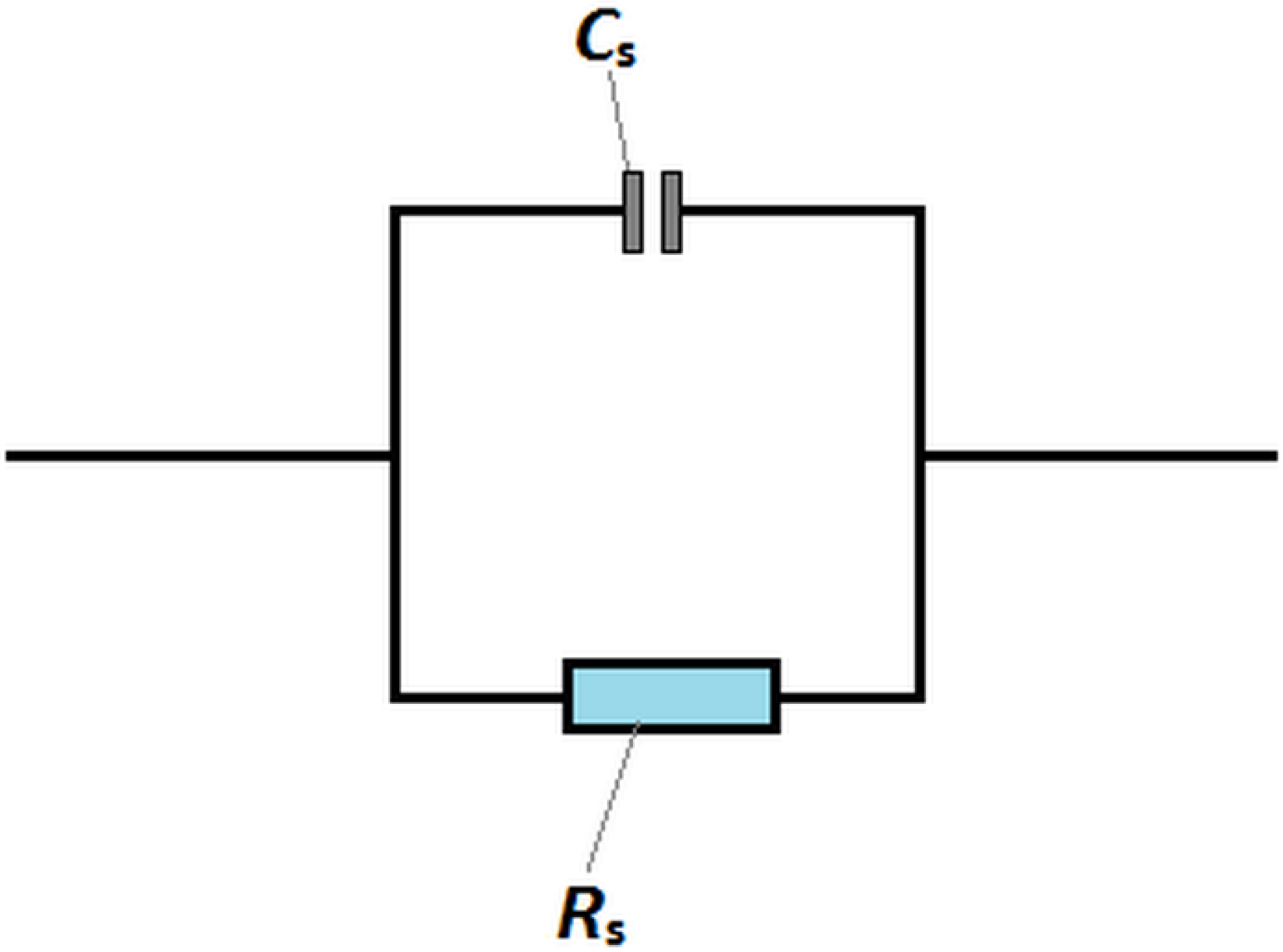
| Temperature (°C) | Rs (Ω) | σs (S/m) |
|---|---|---|
| 300 | 573 M | 9.249 × 10−9 |
| 400 | 2.84 M | 1.866 × 10−6 |
| 500 | 550 K | 9.635 × 10−6 |
| 600 | 228 K | 2.325 × 10−5 |
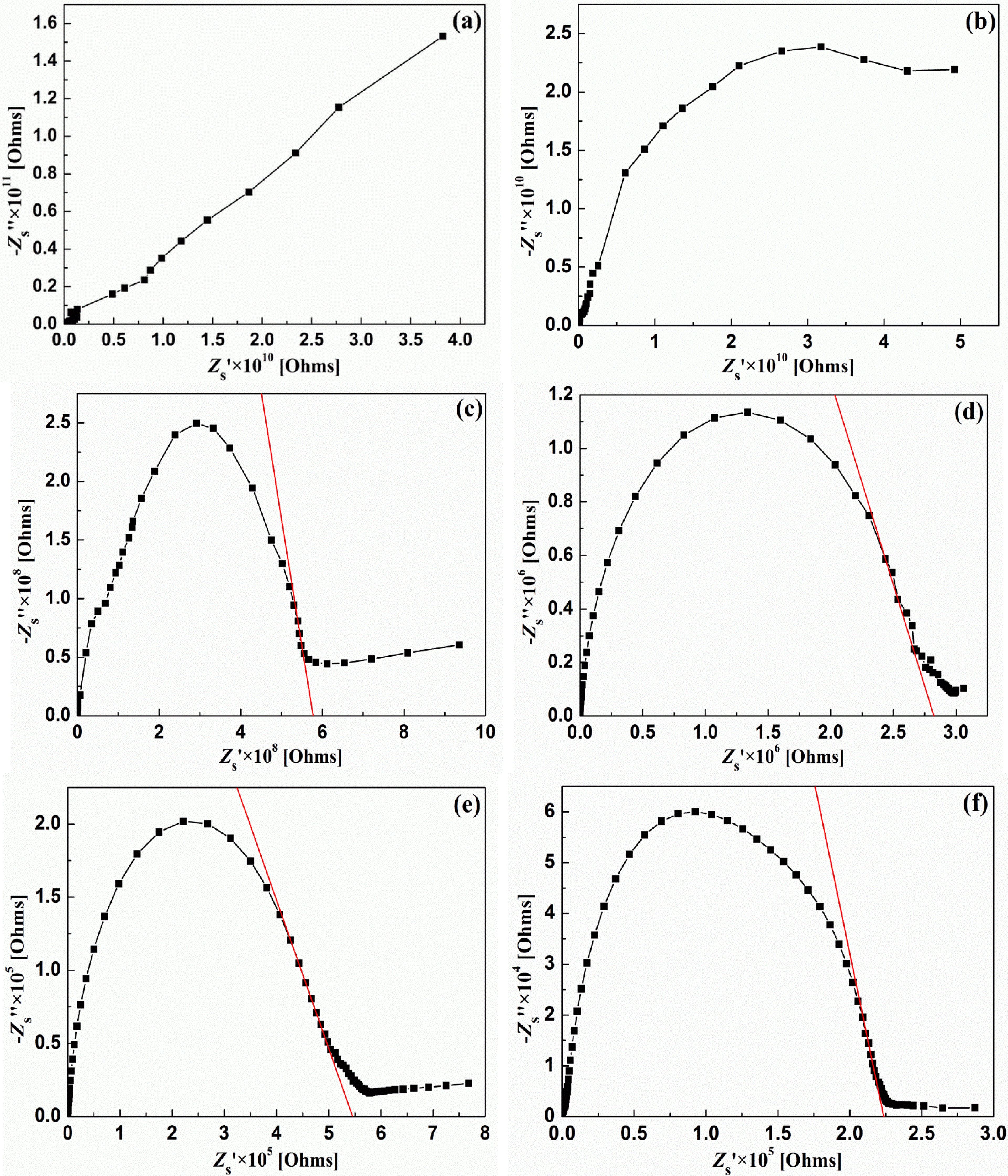
3.4. Photoelectric Property
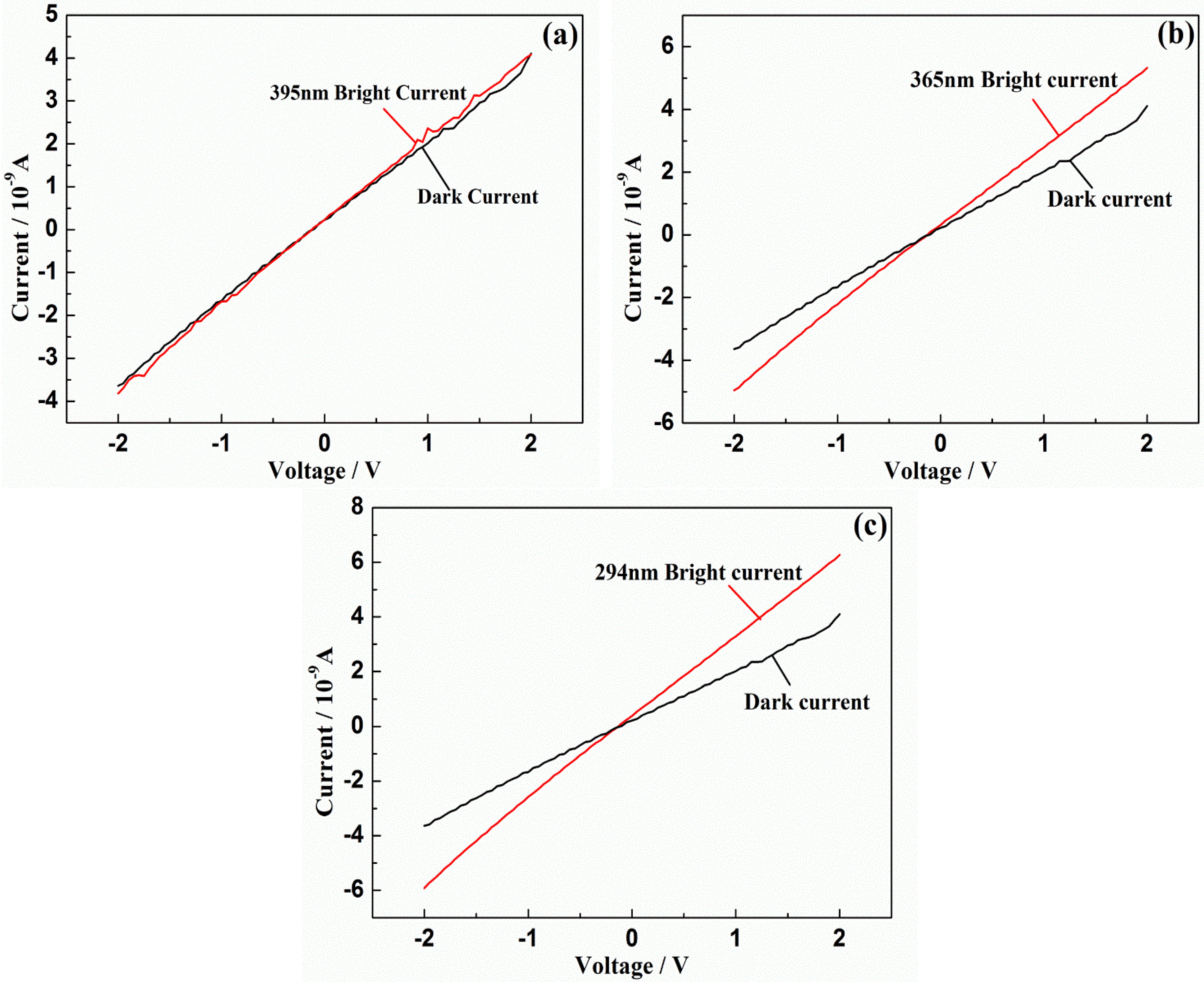
4. Conclusions
Acknowledgments
Author Contributions
Conflicts of Interest
References
- Kageyama, K.; Saito, K.; Murase, H.; Utaki, H.; Yamamoto, T. Tunable active filters having multilayer structure using LTCC. IEEE Trans. Microw. Theory Tech. 2001, 49, 2421–2424. [Google Scholar] [CrossRef]
- Zhu, H.; Zhou, H.Q.; Liu, M.; Wei, P.F.; Ning, G. Low temperature sintering and properties of CaO–B2O3–SiO2 system glass ceramics for LTCC applications. J. Alloy. Compd. 2009, 482, 272–275. [Google Scholar] [CrossRef]
- Intatha, U.; Eitssayeam, S.; Wang, J.; Tunkasiri, T. Impedance study of giant dielectric permittivity in BaFe0.5Nb0.5O3 perovskite ceramic. Curr. Appl. Phys. 2010, 10, 21–25. [Google Scholar] [CrossRef]
- Key, S.H.; Lee, D.W.; Jung, J.W.; Kim, B.K.; Cho, Y.S. Phase evolution and enhanced dielectric properties of BaO·Nd2O3·TiO2·B2O3. J. Alloy. Compd. 2012, 530, 40–47. [Google Scholar] [CrossRef]
- Fasquelle, D.; Carru, J.C.; le Gendre, L.; le Paven, C.; Pinel, J.; Chevire, F.; Tessier, F.; Marchand, R. Lanthanum titanate ceramics: Electrical characterizations in large temperature and frequency ranges. J. Eur. Ceram. Soc. 2005, 25, 2085–2088. [Google Scholar] [CrossRef]
- Senz, S.; Graff, A.; Hesse, D.; Abicht, H.P. Formation of an amorphous product phase during the solid state reaction between a vitreous SiO2 thin film and a (001) BaTiO3 substrate. J. Eur. Ceram. Soc. 2000, 20, 2469–2475. [Google Scholar] [CrossRef]
- Ouchi, H.; Kawashima, S. Dielectric ceramics for microwave application. Jpn. J. Appl. Phys. 1985, 24. [Google Scholar] [CrossRef]
- Kotecki, D.E.; Baniecki, J.D.; Shen, H.; Laibowitz, R.B.; Saenger, K.L.; Lian, J.J.; Shaw, T.M.; Athavale, S.D.; Cabral, C.; Duncombe, P.R.; et al. (Ba, Sr)TiO3 dielectrics for future stacked-capacitor DRAM. IBM J. Res. Develop. 1999, 43, 367–382. [Google Scholar] [CrossRef]
- Gao, L.H.; Ma, Z.; Wang, S.; Wang, F.C.; Yang, C. Structural and optical properties of La1-xSrxTiO3+δ. Materials 2014, 7, 4982–4993. [Google Scholar] [CrossRef]
- Gao, L.H.; Ma, Z.; Fan, Q.B. First-principle studies of the electronic structure and reflectivity of LaTiO3 and Sr doped LaTiO3 (La1−xSrxTiO3). J. Electroceram. 2011, 27, 114–119. [Google Scholar] [CrossRef]
- Takamura, H.; Enomotol, K.; Kamegawa, A.; Okada, M. Electrical conductivity of layered compounds in SrO–La2O3–TiO2 systems prepared by the Pechini process. Solid. State Ion. 2002, 154, 581–588. [Google Scholar] [CrossRef]
- Moos, R.; Gnudi, A.; Hardtl, K.H. Thermopower of Sr1−xLaxTiO3 ceramics. J. Appl. Phys. 1995, 78, 5042–5047. [Google Scholar] [CrossRef]
- Banno, H. Effects of shape and volume fraction of closed pores on dielectric, elastic, and electromechanical properties of dielectric and piezoelectric ceramics: A theoretical approach. Am. Ceram. Soc. Bull. 1987, 66, 1332–1337. [Google Scholar]
- Das, P.R.; Biswal, L.; Behera, B.; Choudhary, R.N.P. Structural and electrical properties of Na2Pb2Eu2W2Ti4X4O30 (X = Nb, Ta) ferroelectric ceramics. Mater. Res. Bull. 2009, 44, 1214–1218. [Google Scholar] [CrossRef]
- Choi, M.; Posadas, A.B.; Rodriguez, C.A.; O’Hara, A.; Seinige, H.; Kellock, A.J.; Frank, M.M.; Tsoi, M.; Zollner, S.; Narayanan, V.; et al. Structural, optical, and electrical properties of strained La-doped SrTiO3 films. J. Appl. Phys. 2014, 116. [Google Scholar] [CrossRef]
- Pati, B.; Sutar, B.C.; Parida, B.N.; Das, P.R.; Choudhary, R.N.P. Dielectric and impedance spectroscopy of barium orthovanadate ceramics. J. Mater. Sci. Mater. Electron. 2013, 24, 1608–1616. [Google Scholar] [CrossRef]
- Abhijit, P.; Amitabha, B. Structural, dielectric and electrical properties of lithium silicate ceramics: A comparative study. J. Mater. Sci. Mater. Electron. 2013, 24, 1855–1862. [Google Scholar] [CrossRef]
- Khatri, P.; Behera, B.; Srinivas, V.; Choudhary, R.N.P. Structural and dielectric properties of Ba3V2O8 ceramics. Curr. Appl. Phys. 2009, 9, 515–519. [Google Scholar] [CrossRef]
- Bhardwaj, S.; Pail, J.; Chand, S. Oxygen vacancy induced dielectric relaxation studies in Bi4-xLaxTi3O12 (x = 0.0, 0.3, 0.7, 1.0) ceramics. J. Mater. Sci. Mater. Electron. 2014, 25, 4568–4576. [Google Scholar] [CrossRef]
- Sutar, B.C.; Choudhary, R.N.P.; Das, P.R. Dielectric and impedance spectroscopy of Sr(Bi0.5Nb0.5)O3 ceramics. Ceram. Int. 2014, 40, 7791–7798. [Google Scholar] [CrossRef]
- Donald, A.N. Semiconductor Physics and Devices Basic Principles; Publishing House of Electronics Industry: Beijing, China, 2003. [Google Scholar]
- White, M.A. Physical Properties of Materials; CRC Press: Boca Raton, FL, USA, 2011. [Google Scholar]
- Jonscher, A.K. The “universal” dielectric response. Nature 1977, 267, 673–679. [Google Scholar] [CrossRef]
- Mcdonald, J.R. Impedance Spectroscopy: Emphasizing Solid Materials and Systems; Wiley: New York, NY, USA, 1987. [Google Scholar]
- Burg, G.J.; Vandeneeden, A.L.G.; Sluytersrehbach, M. The analysis of electrode impedances complicated by the presence of a constant phase element. J. Electroanal. Chem. Interfacial Electrochem. 1984, 176, 275–295. [Google Scholar] [CrossRef]
- Hashimoto, S.; Kindermann, L.; Poulsen, F.M.; Mogensen, M. A study on the structural and electrical properties of lanthanum-doped strontium titanate prepared in air. J. Alloy. Compd. 2005, 397, 245–249. [Google Scholar] [CrossRef]
- Moos, R.; Schöllhammer, S.; Härdtl, K.H. Electron mobility of Sr1-xLaxTiO3 ceramics between 600 °C and 1300 °C. Appl. Phys. A 1997, 65, 291–294. [Google Scholar] [CrossRef]
- Brinzari, V.; Korotcenkov, G.; Ivanov, M.; Nehasil, V.; Matolin, V.; Mašek, K.; Kamei, M. Valence band and band gap photoemission study of (1 1 1) In2O3 epitaxial films under interactions with oxygen, water and carbon monoxide. Surf. Sci. 2007, 601, 5585–5594. [Google Scholar] [CrossRef]
- Chakrabortya, S.; Sadhukhana, M.; Chaudhuria, B.K.; Mori, H.; Sakata, H. Frequency dependent electrical conductivity and dielectric relaxation behavior in amorphous (90V2O5–10Bi2O3) oxide semiconductors doped with SrTiO3. Mater. Chem. Phys. 1997, 50, 219–226. [Google Scholar] [CrossRef]
- Takahashi, K.; Yoshikawa, A.; Sandhu, A. Wide Bandgap Semiconductors; Springer: New York, NY, USA, 2007. [Google Scholar]
- Trivedi, M.; Shenai, K. Performance evaluation of high-power wide band-gap semiconductor rectifiers. J. Appl. Phys. 1999, 85, 6889–6897. [Google Scholar] [CrossRef]
- Mott, N.F. The Metal–Insulator Transition; Taylor and Francis: London, UK, 1974. [Google Scholar]
- Vilquin, B.; Kanki, T.; Yanagida, T.; Tanaka, H.; Kawai, T. Control of p-type conductivity in Sr doped LaTiO3 thin films. Solid State Commun. 2005, 136, 328–332. [Google Scholar] [CrossRef]
© 2015 by the authors; licensee MDPI, Basel, Switzerland. This article is an open access article distributed under the terms and conditions of the Creative Commons Attribution license (http://creativecommons.org/licenses/by/4.0/).
Share and Cite
Li, W.; Ma, Z.; Gao, L.; Wang, F. Preparation and Electrical Properties of La0.9Sr0.1TiO3+δ. Materials 2015, 8, 1176-1186. https://doi.org/10.3390/ma8031176
Li W, Ma Z, Gao L, Wang F. Preparation and Electrical Properties of La0.9Sr0.1TiO3+δ. Materials. 2015; 8(3):1176-1186. https://doi.org/10.3390/ma8031176
Chicago/Turabian StyleLi, Wenzhi, Zhuang Ma, Lihong Gao, and Fuchi Wang. 2015. "Preparation and Electrical Properties of La0.9Sr0.1TiO3+δ" Materials 8, no. 3: 1176-1186. https://doi.org/10.3390/ma8031176






